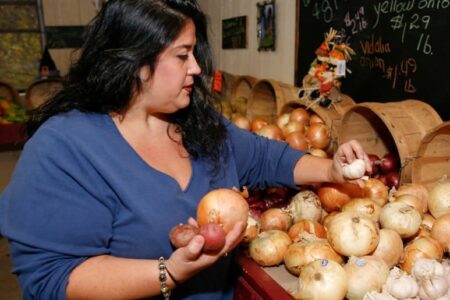Share On Social!
Cam Juarez knows the bad stats.
Latinos are just 2% of visitors to Saguaro National Park, despite being 40% of the population in Pima County, Ariz. They miss a big chance to connect with nature and be physically active.
Heck, Juarez himself lived nearby for 26 years before visiting Saguaro.
Now Juarez’s job—Saguaro’s “community engagement coordinator”—is to raise Latino park attendance.
And, by mixing cultural events with workforce diversity and bilingual community and school outreach, he’s helped raised attendance and at the same time created a model for other parks to solve a national issue: How to get Latinos to come to national parks.
How’d Juarez do it?
Latinos, Physical Activity, and National Parks
Cam Juarez was born with a heart defect—likely due to the chemicals his mother was exposed to as a pregnant farmworker—and so was his son. Juarez has a pacemaker.
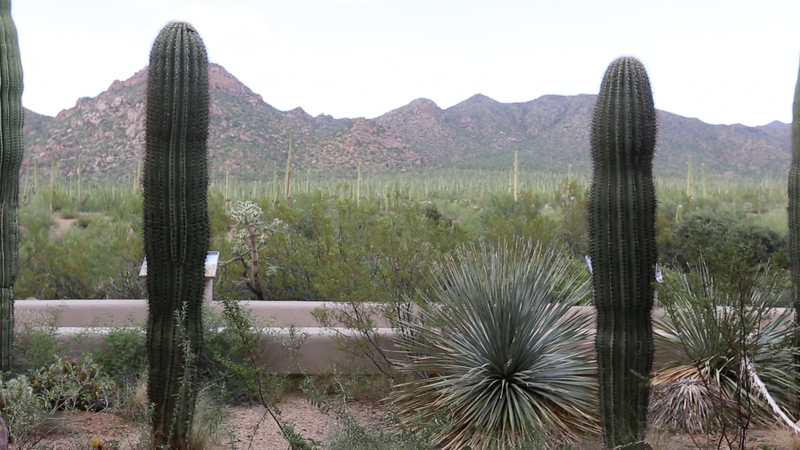
Physical activity is crucial for his family to prevent complications and feel their best.
However, many Latinos in Pima County don’t get physical activity they need. Obesity was spiking across the state. Latinos have higher rates than whites. This heightens their risk of cancer, heart disease, diabetes, depression, and other chronic diseases.
Healthy communities are important to Juarez. He completed his B.S. in Mexican American Studies in 2000 and his M.S. in Urban and Regional Planning in 2012. He worked as the project coordinator for the Pima County Neighborhood Reinvestment Program for 11 years. He helped the community get a new foot bridge. In 2012, was elected to the Tucson Unified School District board.
But what about Saguaro National Park?
“I thought of National Parks as places for professional hikers or white folks with resources,” Juarez said. “The individualistic reputation is just not relevant to many multigenerational Latino families.”
Latinos & Little Park Attendance
Saguaro National Park is part of the Sonoran Desert of southern California, Arizona, and northwestern Mexico. The park, named after the massive saguaro cactus that blanket the lush desert, celebrated its 85th birthday in March 2018.
Saguaro also struggled with a 2% Latino visitation rate.
That’s even lower than the 9% Latino visitation rate at all national parks, according to a 2010 National Park Service (NPS) survey.
“When we asked people, ‘Why do you go?’ Why don’t you go to the National Park?’ Most of the time they said they don’t know it’s there,” Juarez said. “So that really has everything to do with outreach and community engagement.”
Even if they know about the park, there are other hurdles.
Cost, lack of transportation, and lack of facilities to accommodate large families also prevent attendance.
Juarez also cited a lack of a diverse park workforce and too little cultural programming.
“The notion was that the park service was not inviting to people of color, Latinos specifically,” Juarez said. “There’s a lack of cultural awareness. There’s a lack of cultural relevancy at the park.”
3 Key Ways to Raise Latinos’ Park Attendance
In December 2015, park officials hired Juarez as its Community Engagement Coordinator to figure out how to get more Latinos to visit the park.
Juarez helped devise three big strategies.
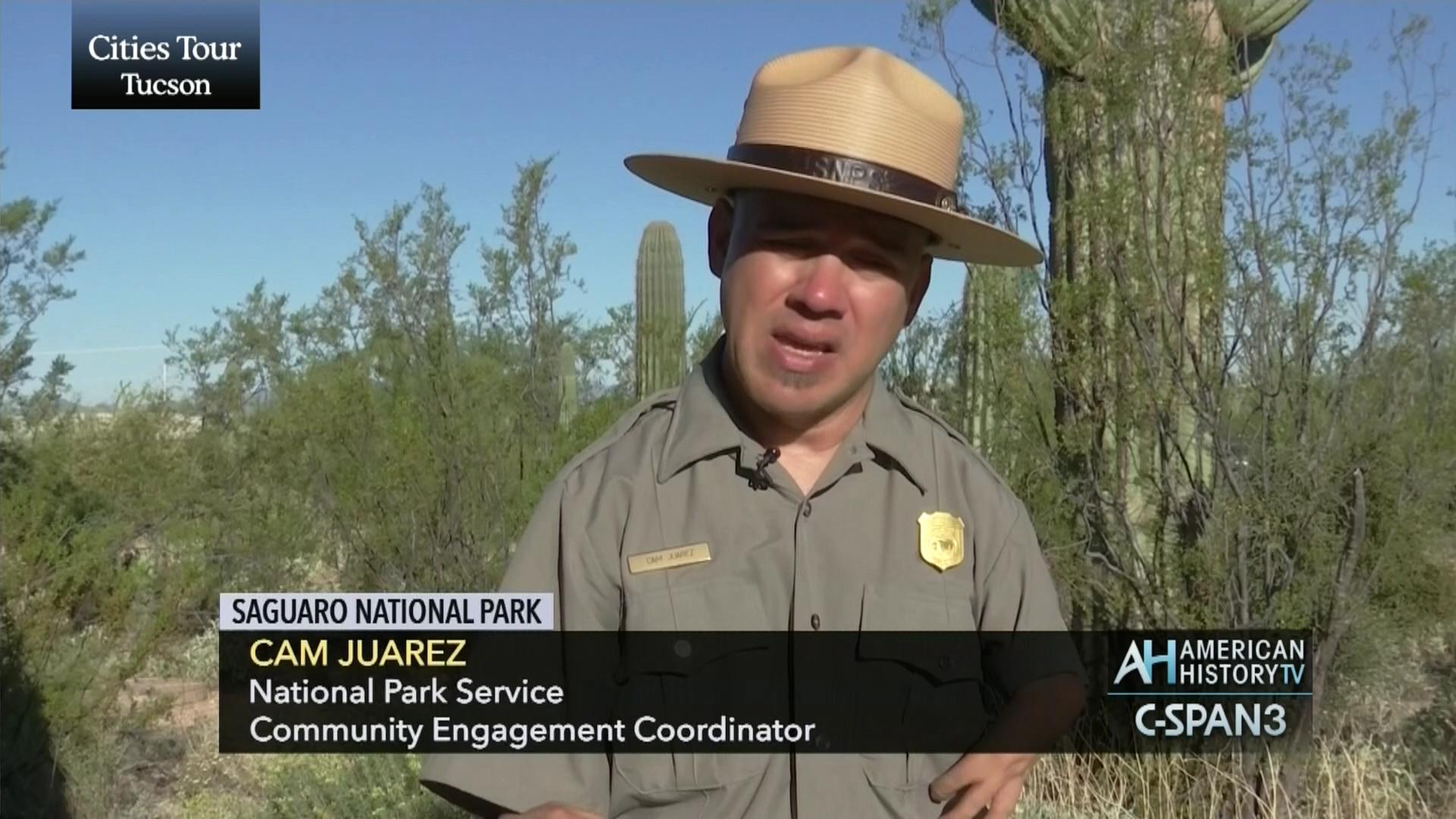
First, diversify the park workforce.
This effort really started with the hiring of Juarez, who reflects the local Latino community.
“The position is fairly unique in that [the NPS] was looking for folks inside the community that are already connected to community members,” Juarez said. “The idea was to put someone who the community knew in uniform at community events.”
Park workforce diversity has a positive domino effect, Juarez said.
“Once that started happening, those same very staff members were inviting their friends, their family,” he said “We saw an influx of Latinos and people of color coming to the park.”
Second, create culturally and linguistically relevant events, information, and outreach.
Providing free day passes is a big part of their community outreach.
However, Juarez and his team want to engage the community first and really get them interested in the park.
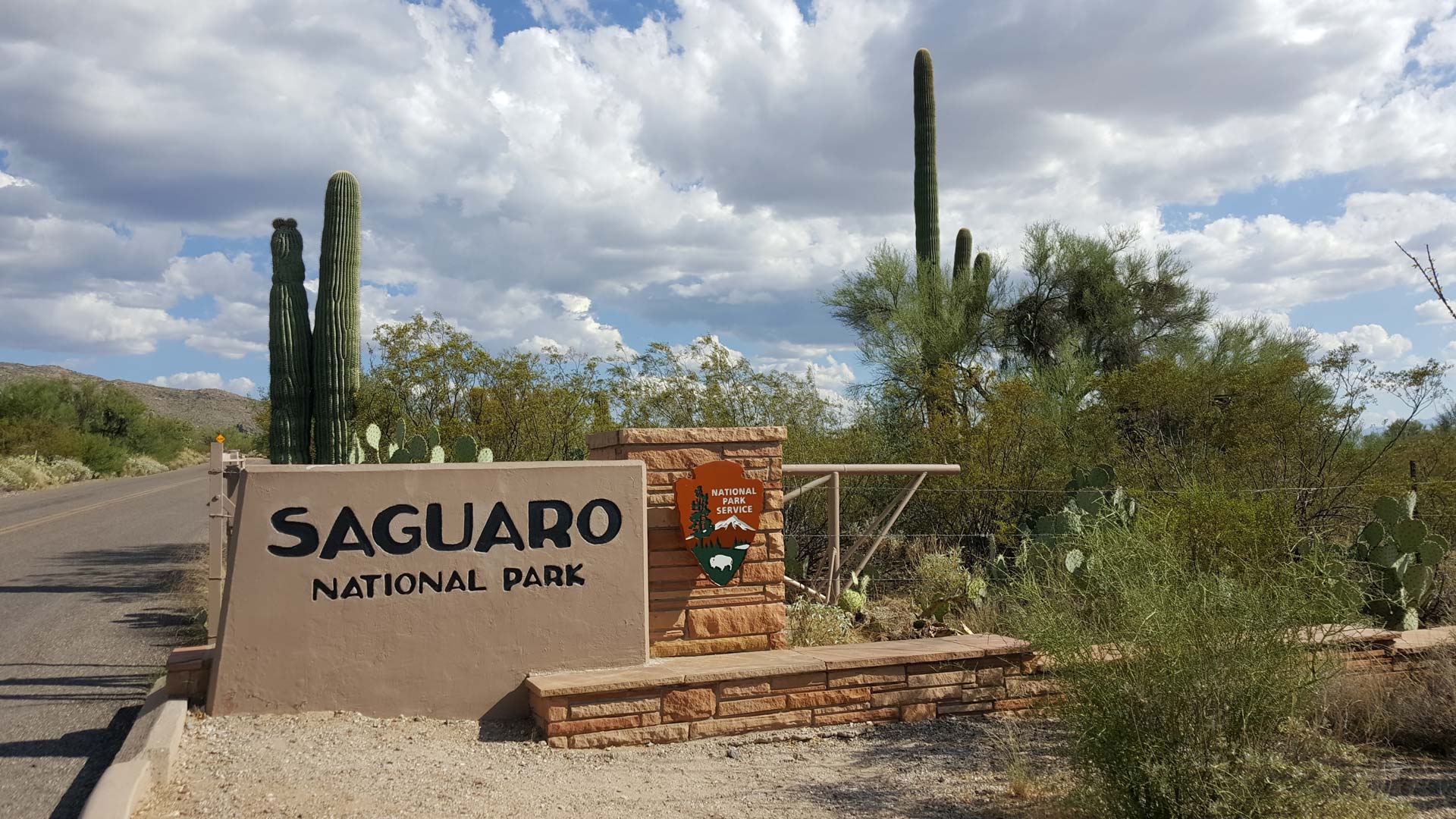
Source: AZPM Staff
They attend numerous community events with pop-up tents and outreach tables covered in stickers, flyers, and animal furs and skulls. They engage kids and families with games, discussion, and prizes, like a free day pass, which they track.
“The first thing we have to do is increase awareness and get folks to understand what kind of treasure they have in their backyard,” Juarez said.
They created materials in Spanish or in other languages that are relevant to the community. The created programs that specifically talk about Latino investments in the park service or public lands. They started getting people from the community coming to park and telling their stories.
“After my first year we recorded 8,000 face-to-face contacts in the community,” Juarez said. “By the second year, we had over 32,000.”
Juarez organized culturally relevant events, like a Dia de Los Muertos procession.
Another event was free park admission on Cesar Chavez Day on March 31, 2018.
The park led two community conversations about Chávez’s life and contributions, followed by short hikes. They also highlighted the Chávez National Monument located in Keen, Calif.
“One of the great elements of the National Park Service mission is our duty to tell the stories of great Americans. César Chávez was an Arizonan, a WWII Navy veteran, a recipient of the Medal of Freedom and an extraordinary servant leader,” said Leah McGinnis, park superintendent, in a statement. “We are excited to offer a fee free day along with interpretative talks honoring the important impact Mr. Chávez has had on American history.”
To mark the National Park Service’s centennial in 2016, the park service held 100 naturalization services. Twenty people took the citizenship oath on July 4, 2016, at Saguaro National Park.
“At that point you’re meaningfully engaging that particular community,” Juarez said.
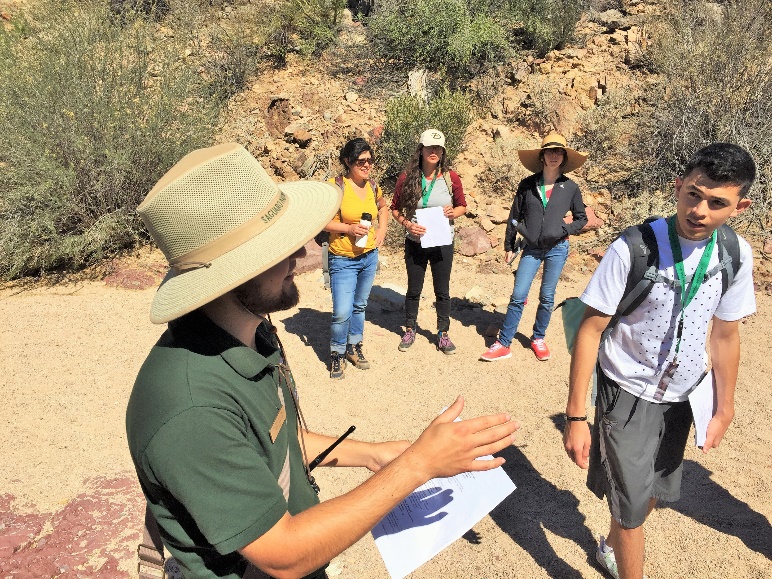
Source: Friends of Saguaro National Park
Third, engage schools and universities.
For over 25 years, the Saguaro National Park has been engaging students through field trips or park ranger visits to classrooms.
Field trips are free. The Friends of Saguaro National Park pay for buses for some districts.
Ranger visits are also free. On these visits, rangers come to the classroom to provide a 45-minute Travel Trunk presentations, which meet State Science and/or Social Studies Standards.
Having served on the school board for several years, Juarez helped facilitate new relationships and get even more classrooms exposed to the park. He would even do a pre-visit to help kids feel more comfortable around a ranger in uniform.
“People feel more comfortable seeing someone like me in uniform,” Juarez said.
Saguaro also hosts a Children’s Hiking Club with help from Friends of Saguaro.
“There were seven schools in the club this year, composed mainly of 4th graders that hike once a month,” according to the park’s Facebook page in May 2018.
“We had another great season and look forward to many great hiking seasons to come!”
Juarez also invites local school and club mariachi programs to perform at park events, like the Saguaro Starlight Serenate. In addition to the mariachis, they invited food trucks and the local astronomy club.
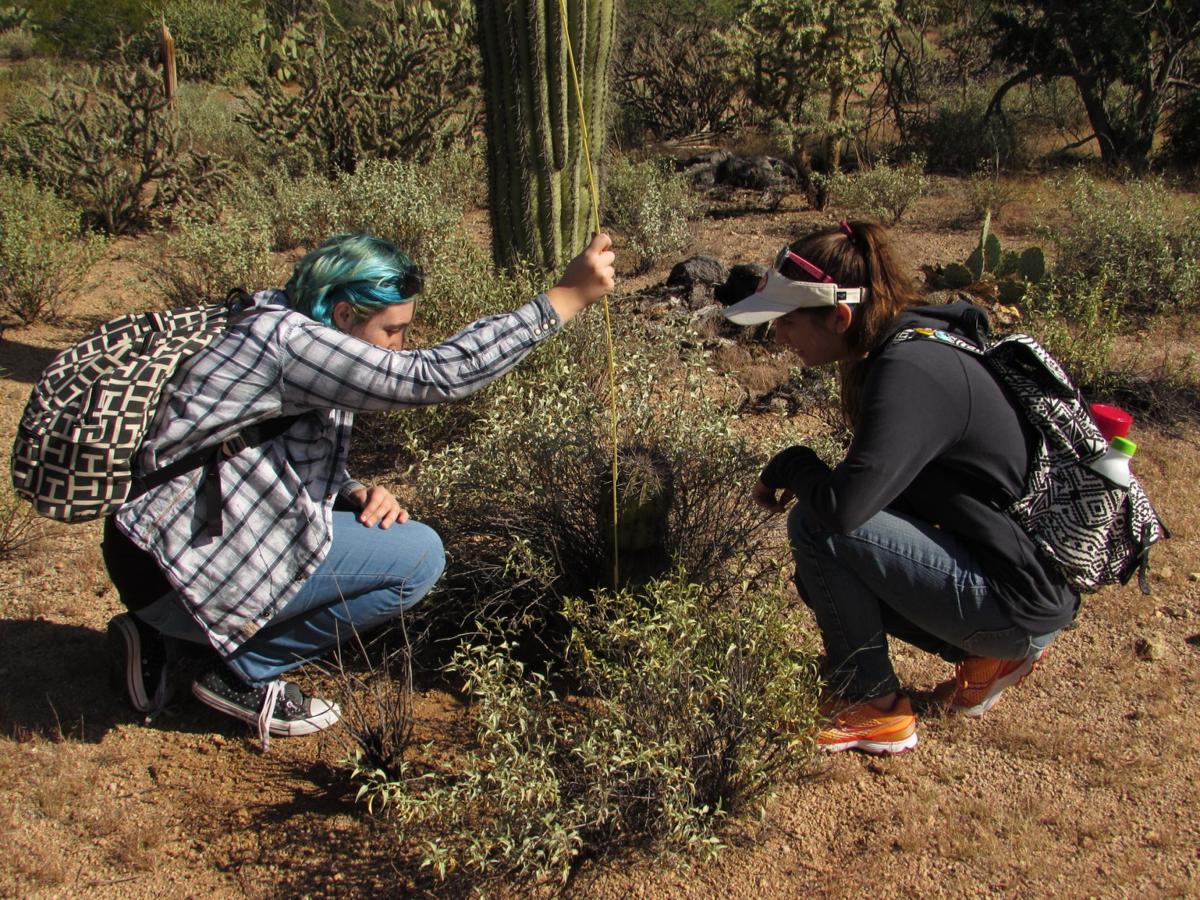
Source: NPS
Juarez also helps college students get involved in through internships, mentorships, and youth training programs, such as Linking Hispanic Heritage through Archeology.
Juarez also continues the- work of his predecessor, the Next Generation Rangers.
The Next-Gen Rangers program recruits college students—using livable wages and public land core credits—to teach others to become environmental stewards. Next Generation Rangers work in the park and visit local schools and attend events.
The Rangers aim to increase the number of young and minority people who visit the parks or become the next batch of employees or leaders in the park service.
The first cohort, in 2015, was 14 Rangers, half of which were Latino, Native American or Asian, and eight were women. In 2017, they had 29 Rangers.
The Effect on Latino Park Attendance
Park attendance among Latinos is up, Juarez said.
“There’s 22 parks in Arizona and we’re starting to become an attraction for some of those other parks to come here to celebrate the Latino culture,” Juarez said.
And they aren’t stopping there.
Juarez, born with a physical disability, is helping create more accessible trails and picnic areas.
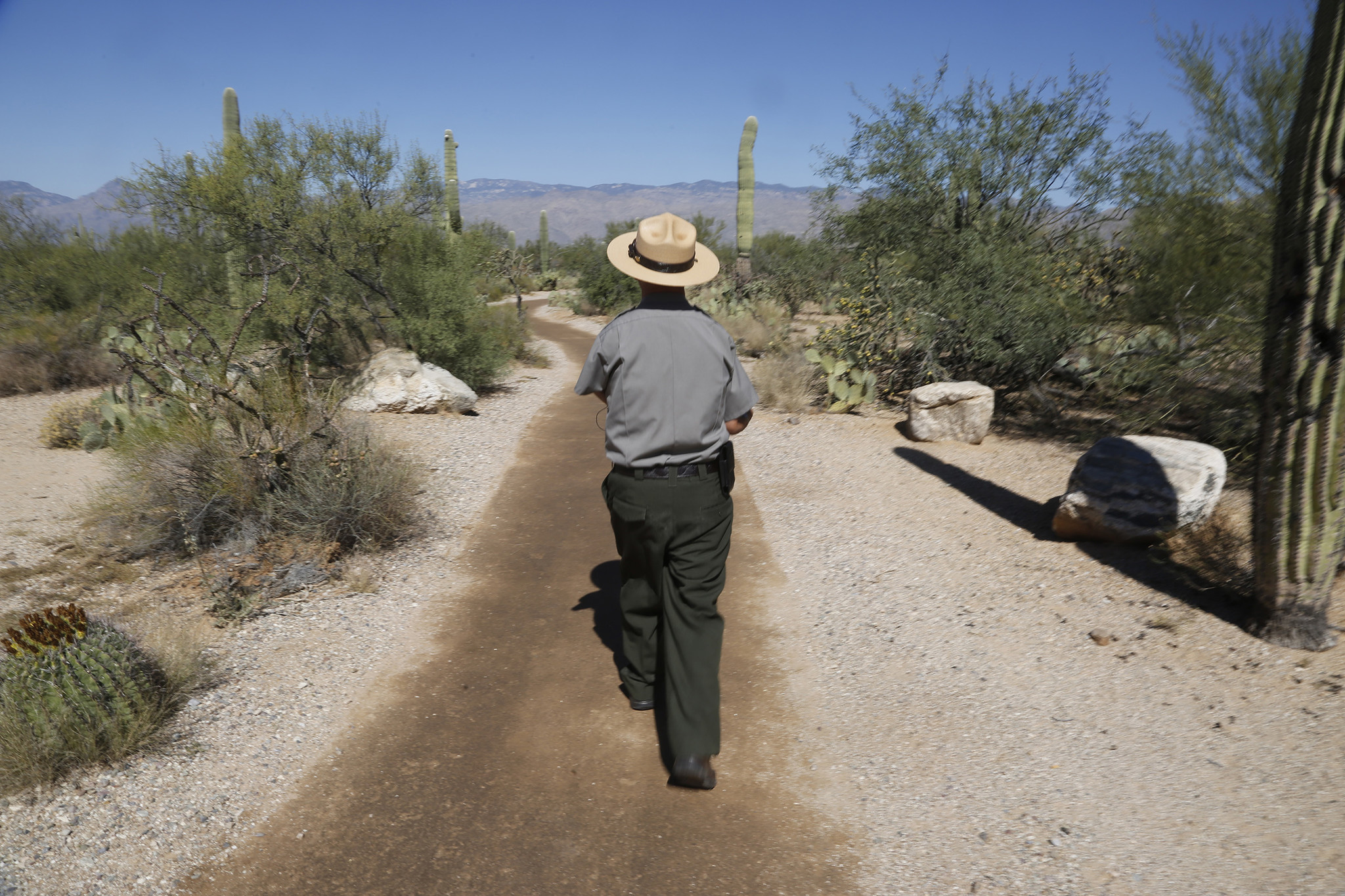
Source: Mark Boster/Los Angeles Times
“I’d never really identified as disabled because I wasn’t raised that way,” Juarez said. “But as I worked with parks, I saw there was a need to accommodate people with disabilities.”
Juarez said Saguaro is planning to have food festivals and farmer’s markets at the park. Then the park could address healthy eating, while also providing vast opportunities for recreation and physical activity.
In 2017, Juarez applied for a received funding for a mobile visitor center.
He got the idea from Santa Monica National Recreation Area’s La Ranger Troca, a refurbished taco truck, lined with outreach materials, popup tents and games for kids that they take to events across Los Angeles.
Juarez combined this with another idea he saw in Minneapolis. An artist resident came up with concept of using an ice cream pushcart to engage folks in a survey or conversation because residents weren’t engaging with city council.
Juarez want’s to house a paleta trike that sells locally sourced Mexican popsicles inside the mobile visitor center to help with outreach.
“Now I consider myself an environmentalist and I’m doing environmental work,” Juarez said. “We wanted to continue focusing on new ways to get the park out to the people.”
“It’s about getting creative and looking at ways of really changing tradition.”
By The Numbers
33
percent
of Latinos live within walking distance (<1 mile) of a park
This success story was produced by Salud America! with support from the Robert Wood Johnson Foundation.
The stories are intended for educational and informative purposes. References to specific policymakers, individuals, schools, policies, or companies have been included solely to advance these purposes and do not constitute an endorsement, sponsorship, or recommendation. Stories are based on and told by real community members and are the opinions and views of the individuals whose stories are told. Organization and activities described were not supported by Salud America! or the Robert Wood Johnson Foundation and do not necessarily represent the views of Salud America! or the Robert Wood Johnson Foundation.



